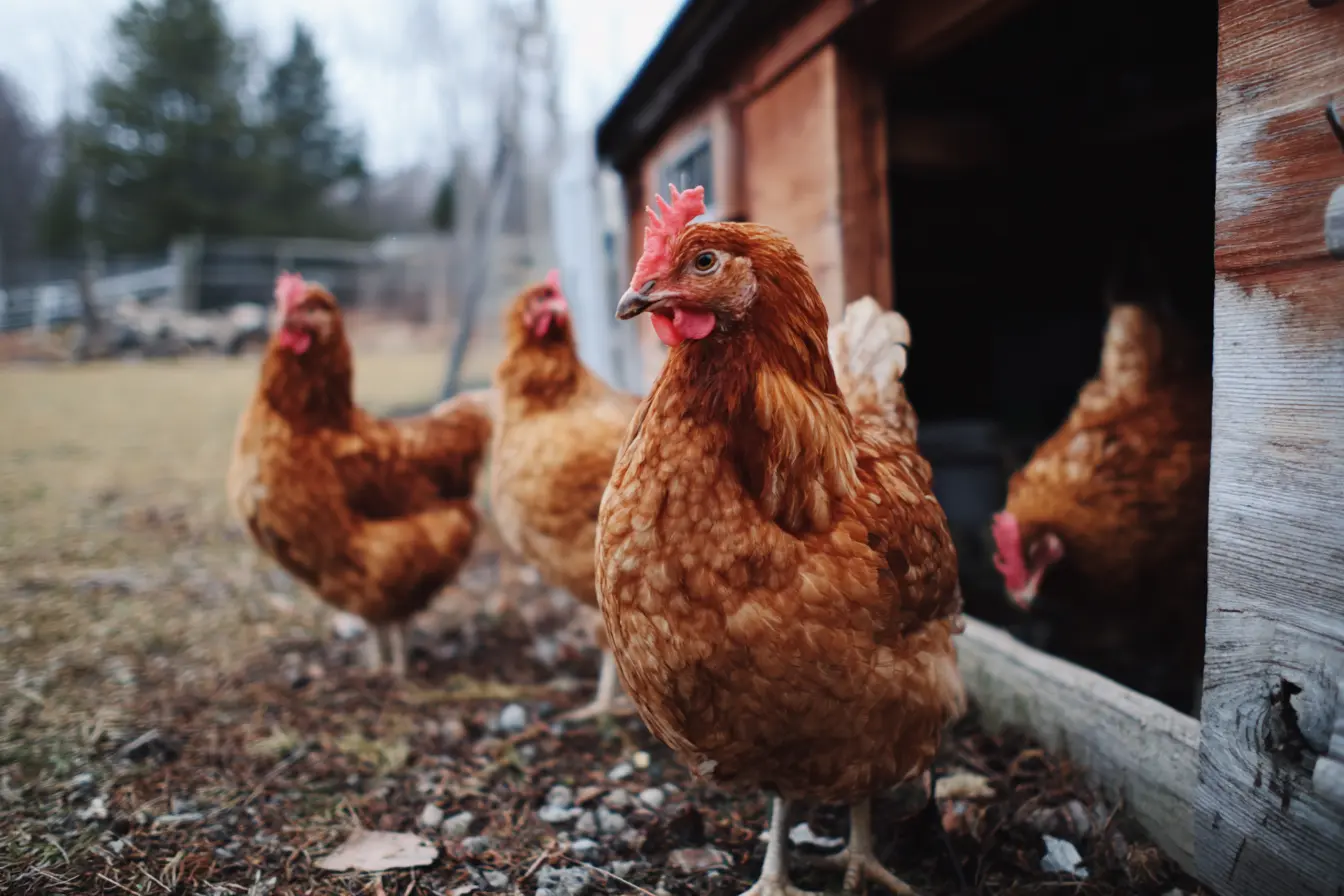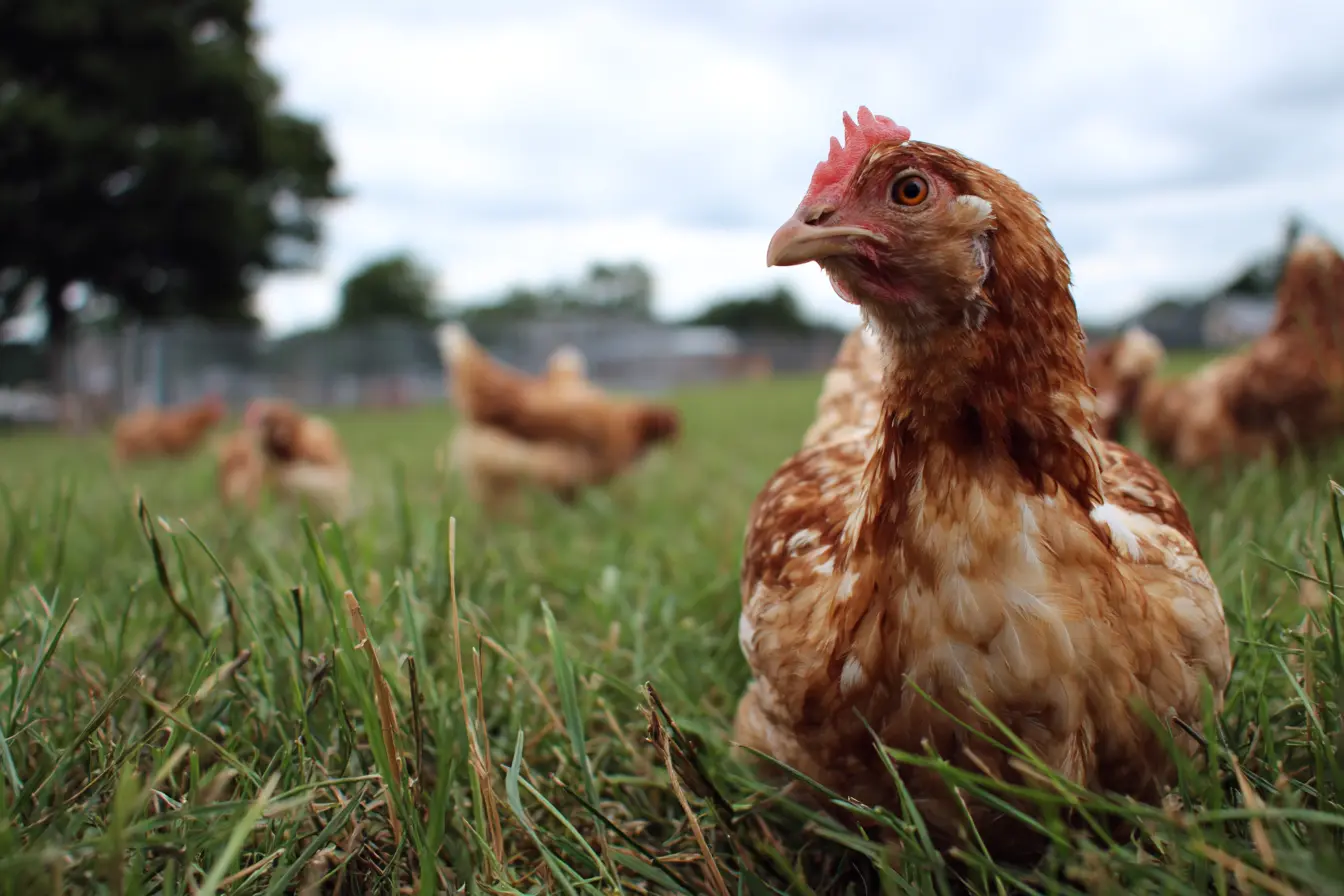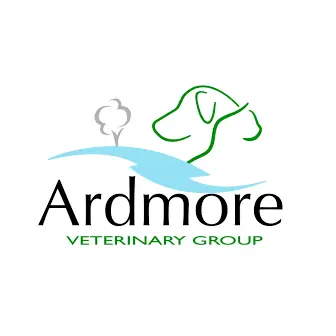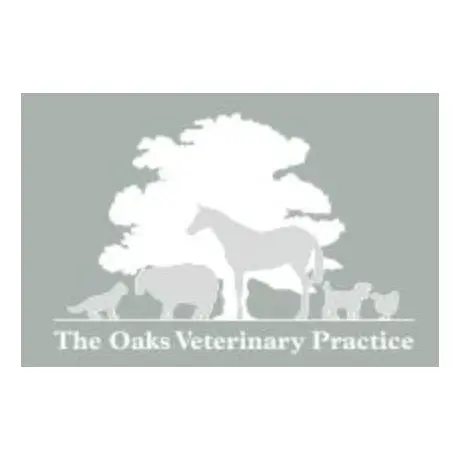
A Complete Guide to Keeping Pheasants in the UK
Keeping pheasants can be a rewarding and fascinating hobby, whether you're interested in conservation, gamekeeping, or simply enjoying the beauty of these striking birds. This guide covers everything you need to know about keeping pheasants in the UK – from legal considerations and housing, to feeding, breeding and health care.
Why Keep Pheasants?
Pheasants (most commonly the Phasianus colchicus, or Common Pheasant) are kept for a variety of reasons:
- Game rearing: For regulated shooting estates or countryside management.
- Conservation: Preserving rare or ornamental species.
- Aesthetics: Their beauty and distinctive plumage make them a prized addition to country gardens or smallholdings.
- Education and Hobbyist Interest: Enthusiasts enjoy breeding and showcasing different species.
Legal Requirements in the UK
Before keeping pheasants, ensure compliance with relevant legislation:
- Licensing: No licence is needed to keep Common Pheasants, but some ornamental or non-native species may be protected under the Wildlife and Countryside Act 1981.
- Release: To release pheasants into the wild for game purposes, you'll need to notify DEFRA under the General Licence rules.
- Animal Welfare Act 2006: You are legally obliged to meet all welfare needs of captive birds, including food, shelter, and veterinary care.
- Gamebird Code of Practice: DEFRA provides specific guidance on gamebird welfare during breeding and rearing for release.
Choosing a Breed
There are many pheasant varieties, categorised broadly as:
- Common Pheasants: The most widely kept, especially for shooting or ornamental purposes.
- Ring-necked Pheasants: A variant with a white collar, known for adaptability.
- Golden Pheasants: Popular ornamental birds with vibrant red and gold plumage.
- Lady Amherst's Pheasants: Another ornamental breed, known for their long tails and iridescent feathers.
- Reeves’s Pheasant: A rare, aggressive species with a long tail and bold markings.
Choose based on your goals (e.g. game shooting vs. ornamental) and your ability to meet their space and social needs.
Housing and Enclosure Design
Size and Space
Pheasants require ample space to thrive:
- Aviary size: Minimum of 6m² per bird is recommended, though more is always better.
- Height: At least 2 metres, with sloped netting to prevent injury from birds flying upwards in panic.
Shelter
- Provide a dry, windproof shelter with bedding (straw, wood shavings).
- Ensure roosting areas with perches set at different heights.
Fencing
- Use strong wire mesh (at least 1.2m high).
- Bury at least 30cm of mesh underground to prevent digging predators.
- Cover the top to protect against aerial predators and prevent escape.
Enrichment
- Add shrubs, logs, and hiding areas to reduce stress and aggression.
- Provide dust bathing areas using dry soil or sand.
Feeding and Nutrition
Diet
- Chicks (0-6 weeks): Game starter crumb (28–30% protein).
- Growers (6–12 weeks): Game grower pellet (20–22% protein).
- Adults: Maintenance diet with 14–16% protein.
Include grains (wheat, maize), greens (nettles, dandelion), and occasional protein treats (mealworms).
Supplements
- Provide grit for digestion.
- Vitamin supplements in water during breeding or stress periods.
Water
- Always supply clean, fresh water.
- Use spill-proof drinkers to prevent damp bedding and disease.
Breeding and Rearing
Breeding Season
- Begins around March or April.
- One cock can cover 4–6 hens.
- Aggression is common — monitor groups closely.
Egg Collection
- Collect eggs daily to avoid breakage and predation.
- Store at 12–15°C and hatch within 10 days.
Incubation
- Use incubators set at 37.5°C with 55–60% humidity.
- Eggs hatch after approximately 23–25 days.
Brooding
- Keep chicks warm (start at 35°C, reducing weekly).
- Provide clean bedding, starter feed, and water.
Health and Disease Management
Common Illnesses
- Coccidiosis: Treated with medicated feed or water additives.
- Mycoplasma: Causes respiratory issues; requires antibiotics.
- Worms: Regular deworming is essential.
Signs of Illness
- Lethargy
- Laboured breathing
- Ruffled feathers
- Weight loss
- Diarrhoea
Biosecurity
- Limit visitors and contact with wild birds.
- Clean feeders and drinkers daily.
- Quarantine new or sick birds.
Handling and Taming
Pheasants are naturally flighty and can be difficult to tame.
- Begin gentle handling from a young age if taming is a goal.
- Use catch pens or nets carefully to avoid stress or injury.
- Avoid excessive handling unless necessary.
Common Challenges
- Feather pecking: Often due to overcrowding or boredom.
- Predation: Foxes, stoats, and birds of prey are major threats.
- Escape: Pheasants are adept fliers and can escape if enclosures are inadequate.
- Aggression: Especially between males during breeding season.
Solutions include:
- More space
- Visual barriers between birds
- Careful group management
Final Thoughts
Keeping pheasants can be a deeply rewarding experience for those with the right space, time, and dedication. Whether you're raising them for sport, conservation, or enjoyment, their care requires knowledge, attention, and commitment to high welfare standards. With proper planning and effort, you can enjoy the vibrant presence of these stunning birds while supporting their wellbeing.
Further Resources:
- DEFRA Gamebird Welfare Code: gov.uk/gamebird-welfare
- Game & Wildlife Conservation Trust: gwct.org.uk
- The British Pheasant Club (Facebook/online forums)
Related Vets
Vets near you
Speciality vets
- Aquatics vet specialists
- Birds vet specialists
- Camelids vet specialists
- Cats vet specialists
- Cattle vet specialists
- Deer vet specialists
- Dogs vet specialists
- Equines vet specialists
- Exotic vet specialists
- Goats vet specialists
- Pigs vet specialists
- Poultry vet specialists
- Sheep vet specialists
- Small Mammals vet specialists
- Wild vet specialists










